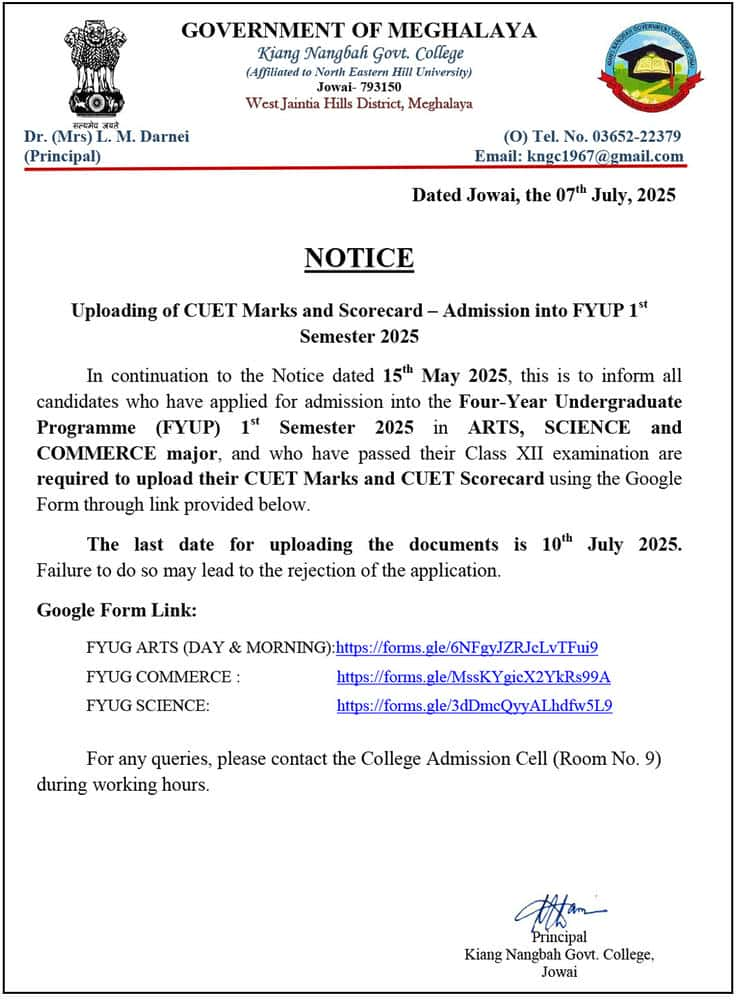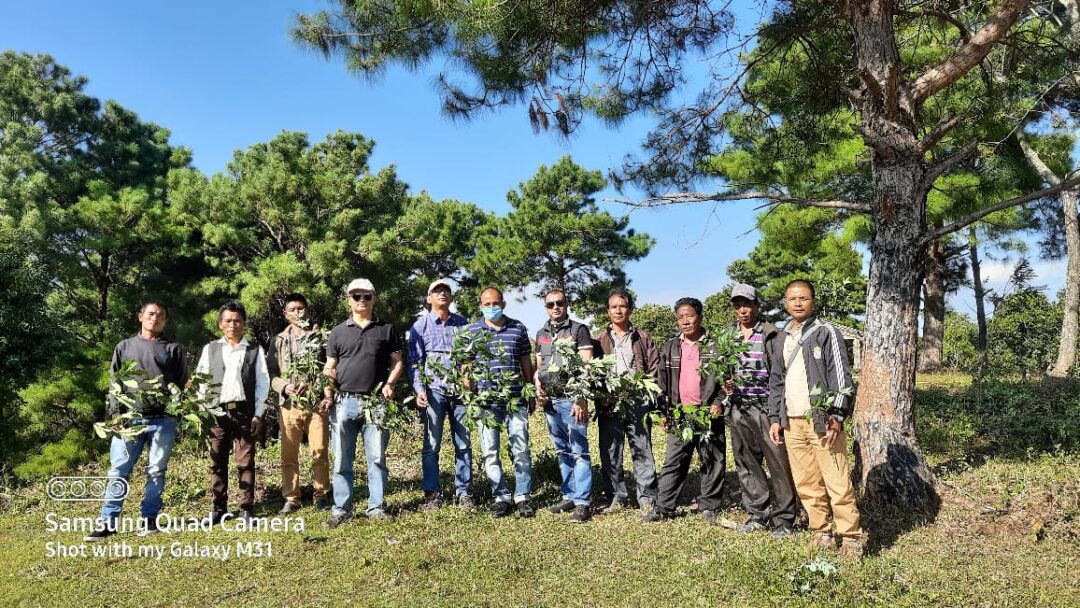First in situ conservation site to setup in East Jaintia Hills to conserve Muga Silkworm

The Meghalaya Textiles Department and Central Silk Board are to setup the first in situ conservation site in East Jaintia Hills District to conserve “Muga Silkworm” .
The Ministry of Textiles, Government of India through the Central Silk Board has sanctioned a project, “In situ Conservation of Muga Silkworm” to be implemented by the Department of Textiles, Government of Meghalaya, under North Eastern Region Textiles Promotion Scheme.
Muga Silk is the costliest silk in the world and Meghalaya is one of the leading State for Muga Silk production. Muga Silk Worm being endemic to North Eastern region, this project will help in extending Muga flora in the region and thereby the country as a whole which will benefit Sericulture farmers for providing sustainable employment to the rural people.
The experts from Central Silk Board comprising of BN Choudhury (Scientist– D of RSRS), Boko, Assam, Dr. C.Z. Renthlei (Scientist- D) Shillong, Dr. G. Subramanyam, Scientist- C CMER&TI, Jorhat, Assam and State Department of Textile (Sericulture Sector), Rihiamlang Synjri, District Sericulture Officer, West Jaiñtia Hills, Jowai has identified abundant quantity of wild Muga food plants in the surveyed area of Lura village in Saipung Block, East Jaintia Hills District and its adjoining area like the primary food plants Persea bombycina ( Som plant) and Litsaea monopetela (Soulu plant) and secondary food plants Litsaea salicifolia (Digloti plant), Litsaea cubeba (Mijankari plant) etc.

“The area has huge potential for its conservation and the germplasm resources are readily available for utilization. In view of the finding, this conservation will be implemented in Lura village, in Saipung Block, East Jaintia Hills District for which the local durbar under the leadership of the waheh shnong and secretary are delighted to accept this important project,” said the statement from the Central Silk Board.
This project is one of its kind in India which is being implemented only in 3 north-eastern states–Assam, Nagaland and Meghalaya and it is to be implemented by Central Muga Eri Research & Training Institute, Central Silk Board, Lahdoigarh, Jorhat along with the office of the District Sericulture Officer, West Jaintia Hills District, Jowai under the Department of Textile, Meghalaya Shillong.
“The conservation will maintain recovering populations in the surrounding areas where they will develop their distinctive properties. Secondly, this strategy of conservation will help to ensure the on-going process of evolution and adaptation within Muga fauna. Due to climatic change and deforestation, Muga silkworm and other beneficial silkworms are endangered and their survival had been affected at a very tremendous rate. If conservation of this Muga silkworm is not done immediately, it is believe that these silkworms will become extinct and thereby will affect livelihood of the farmers. Hence, this project is a very important co- discipline of “applied forest biology” that needs special attention to promote conservation and sustainable utilization of natural resources as they contribute to rural-tribal socio – economic and cultural heritage,” Dr. C.Z. Renthlei said.

Leave a Reply